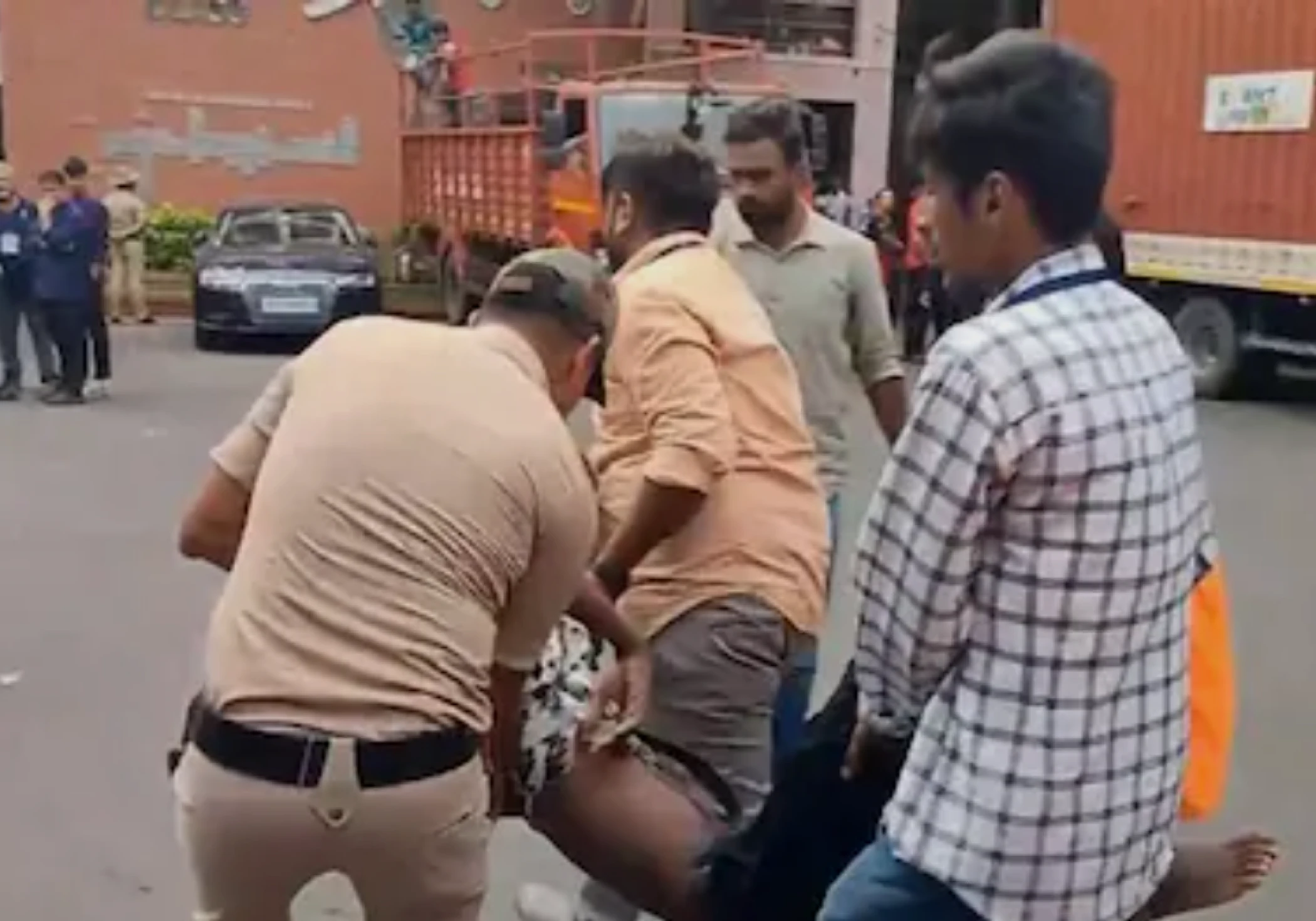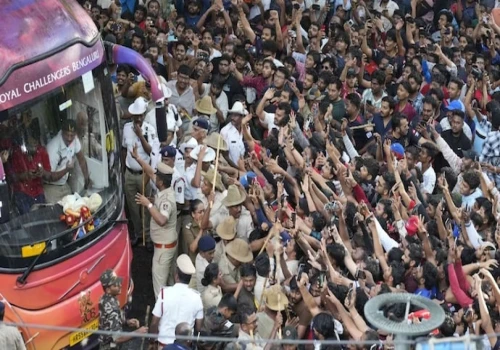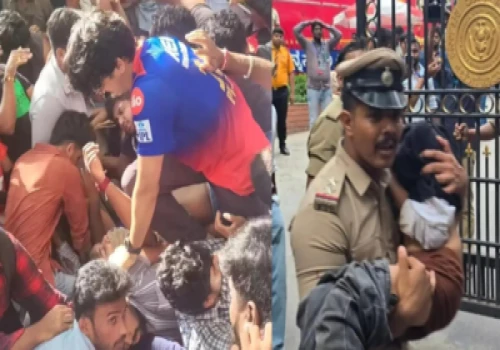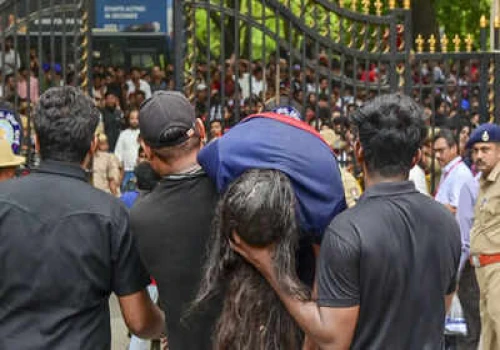
Bengaluru Stampede: A Celebration Marred by Tragedy
On June 4, 2025, what was meant to be a jubilant celebration of Royal Challengers Bengaluru's (RCB) first-ever IPL title turned into a tragic stampede outside M. Chinnaswamy Stadium, resulting in 11 fatalities and over 40 injuries.
Key Factors Leading to the Stampede
1. Rumors of Free Passes at Gate 7: A rumor about free passes being distributed at Gate No. 7 led to a massive crowd surge at that specific entrance, overwhelming the limited infrastructure and causing chaos.
2. Inadequate Police Deployment: Despite the expected large turnout, the police force was stretched thin, with reports indicating a ratio as low as 2 officers per 600 attendees in some areas. This insufficient presence hindered effective crowd control.
3. Conflicting Announcements: There was confusion regarding the event's schedule. While the Bengaluru Traffic Police announced no victory parade, RCB's official account later posted about a parade and stadium celebrations, leading to misinformation and crowd mismanagement.
4. Overcrowding Beyond Capacity: The stadium's capacity was vastly exceeded, with estimates suggesting that over 200,000 people gathered in an area meant for 35,000, leading to dangerous overcrowding.
5. Lack of Emergency Protocols: The absence of clear emergency response strategies and inadequate communication among event organizers, police, and the public exacerbated the situation, preventing timely interventions.
Aftermath and Responses
Legal Actions: Bengaluru Police filed a suo moto case against RCB, the Karnataka State Cricket Association, and DNA Entertainment for their roles in the incident.
Government Measures: Chief Minister Siddaramaiah announced a compensation of ₹10 lakh for the families of the deceased and assured free medical treatment for the injured.
RCB's Initiative: RCB pledged financial support to the victims' families and established the "RCB Cares" fund to assist the injured fans.
Conclusion
The Bengaluru stampede serves as a grim reminder of the consequences of mismanagement and misinformation during large public events. It underscores the urgent need for comprehensive planning, clear communication, and adequate safety measures to prevent such tragedies in the future.









